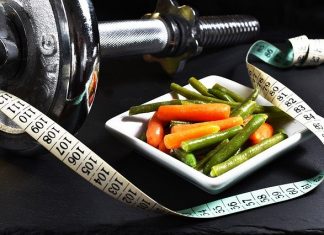Scientists compared the percent incidence of coronavirus disease with natural sunlight UV-dose. They found there is a significant association between the increase of sunlight UV-dose with the decrease of percent positive of four common human coronaviruses in the USA.
In a recent study (Tang et al., 2020)., a group of scientists at Shenzhen University, China collected percent positive of four common human coronaviruses (CoVHKU1, CoVNL63, CoVOC43, and CoV229E) from July 2018 to June 2020 from The National Respiratory and Enteric Virus Surveillance System (NREVSS) of the U.S. Centers for Disease Control and Prevention (CDC). They also collected daily sunlight UV radiation data, including the three different UV action spectrum (erythemal, vitamin-D, and DNA-damage UV doses) from the operational Tropospheric Emission Monitoring Internet Service (TEMIS) ozone data archive.
Negative Correlation Between UV radiation and Incidence of SARS-Cov-2
Then, they conducted two mathematical tests—Spearman and Kendall—to assess the relationships between the percent positive of the human coronaviruses and sunlight UV radiation dose. The results of the tests indicated that the monthly average percent positive of human coronaviruses and the corresponding erythemal UV dose had a significant negative association. The same association was also found when case incidence rates were compared with vitamin D UV dose and DNA-damage UV dose.

However, the number of confirmed Covid-19 cases in the four census regions of the US from April 17, 2020, to July 10, 2020, has shown different growth trends. The weekly average percent positive of SARS-CoV-2 in census Northeast and Midwest regions significantly negatively correlated with the corresponding sunlight UV radiation dose. In contrast, in census regions, Southern and Western areas appeared to be positively correlated, but insignificant.
The researchers also found a significant negative correlation when the weekly percent positive of SARS-CoV-2 in four countries (South Africa, Argentina, Chile, and Bolivia) compared with sunlight UV radiation in the selected regions.
The overall results show a negative correlation may also exist between the weekly total UV radiation dose and the corresponding weekly average percent positive of SARS-CoV-2 during autumn and winter.
To discuss their findings they set several examples, that show ‘the severity of the COVID-19 epidemic may be closely related to climatic factors, including the UV radiation dose’, and appears in the studies of Babu et al., 2020; Sfîcă et al., 2020, Suhaimi et al., 2020.
‘The results of these existing studies supported our finding that the UV radiation dose might play an important role in COVID-19 transmission’—write the authors in their paper.
Sunlight Induces Vitamin D, Inactivates Pathogens
How UV radiation reduces the incidences of coronavirus is not investigated yet. However, biosynthesis of vitamin D, which is considered to be negatively correlated with the incidence and mortality of Covid-19, is closely related to exposure to UV radiation. Additionally, sunlight UV radiation may inactivate the pathogens in particulate matter and aerosol—which contribute to the spread of the virus.
In conclusion, the authors mentioned that ‘further research and verification based on the update data in the future are needed to account for the variations in the seasonal cycles’.




















